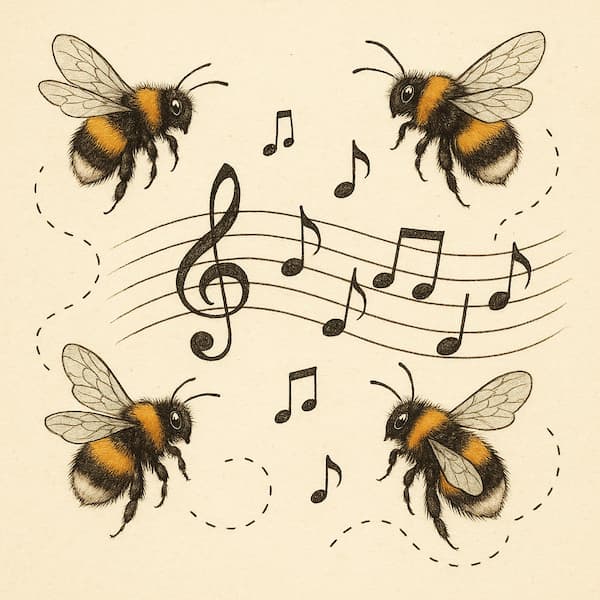Butterflies have long symbolised transformation, grace, and fleeting beauty. Their delicate flight and vibrant colours have inspired poets, painters, and composers alike. In classical music, several works echo the elegance and unpredictability of these creatures—sometimes in title, sometimes in spirit. Well-known examples include Chopin’s Étude in G♭ Major, Op. 25 No. 9, the “Butterfly Etude,” with its darting rhythms, and Schumann’s Papillons, a suite that captures the whimsical nature of the butterfly.
Alongside these are lesser-known gems by composers from around the world, each capturing the essence of butterflies through shimmering textures, playful motion, and lyrical grace. With spring in full bloom, it is the perfect time to explore how nine other compositions have imitated these enchanting creatures through sound.
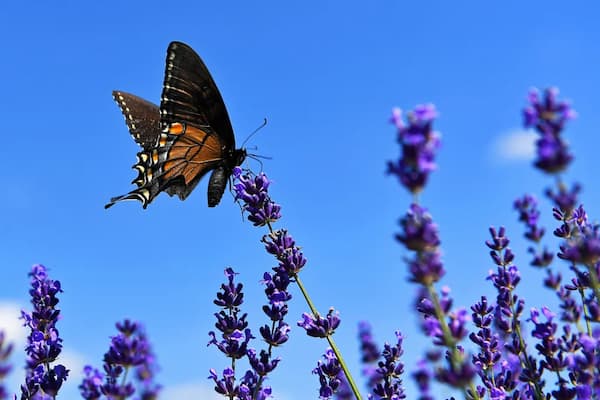
© Katherine Frey – The Washington Post/Getty Images
Frédéric Chopin: Etude No. 21 in G-Flat Major, Op. 25, No. 9, “Butterfly’s Wings” (Istvan Szekely, piano)
Robert Schumann: Papillons, Op. 2 (Boris Giltburg, piano)
1. François Couperin: Le Papillon (The Butterfly)
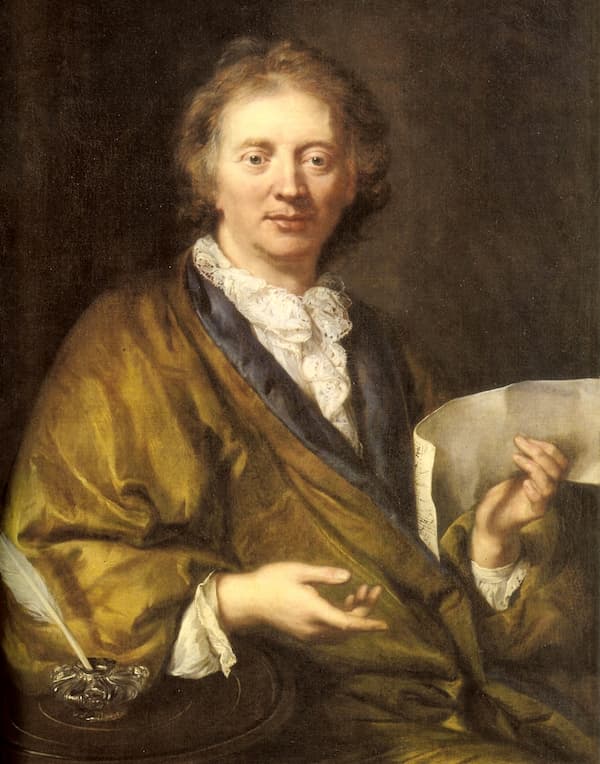
Anonymous: François Couperin, first half of 18th century (Chateau de Versailles)
François Couperin (1668–1733), one of the great French Baroque composers, was known for his highly expressive harpsichord works. Le Papillon is a charming and intricate piece that captures the delicate motion of a butterfly in flight. With its rapid ornaments and light textures, the composition embodies the elegance and unpredictability of a butterfly’s movement. The harpsichord’s crisp articulation enhances the playful and weightless quality of the piece, making it a delightful early representation of butterflies in music.
2. Edvard Grieg: Butterfly (from Lyric Pieces, Op. 43 No. 1)
Edvard Grieg (1843–1907) was a master of miniature piano works, and Butterfly is a perfect example of his ability to capture natural beauty in music. This piece, from his Lyric Pieces, features rapid, fluttering arpeggios that mimic the delicate and effortless movement of a butterfly. The right-hand patterns create a shimmering effect, evoking an image of a butterfly gliding and flitting through the air. Its short duration and dreamy character make it a favourite among pianists and audiences alike.
Edvard Grieg: Lyric Pieces, Book 3, Op. 43 – No. 1 Sommerfugl (Butterfly) (Einar Steen-Nøkleberg, piano)
3. Gabriel Fauré: Papillon, Op. 77
Fauré’s Papillon, Op. 77, holds a special place in music history, commissioned by his publisher Hamelle after the wonderful success of his Élégie. Though it was likely composed in 1884, it only graced the public with its presence in 1898. Interestingly, Fauré originally considered naming it “Piece for violoncello, ” but his publisher thought a more vibrant title would suit it better. So, it was named Papillon, which charmingly translates to “butterfly. “Fauré, however, had a humorous response, saying, “Butterfly or dung fly – use whichever you prefer. ”
Gabriel Fauré: Papillon, Op. 77 (Ina-Esther Joost Ben-Sasson, cello; Allan Sternfield, piano)
4. Ernesto Lecuona: La Mariposa (The Butterfly)

Ernesto Lecuona
Cuban composer Ernesto Lecuona’s La Mariposa reflects the lush romanticism of Cuban music. With sweeping melodies and vibrant rhythms, Lecuona creates a vivid portrayal of a butterfly in flight, evoking both joy and grace through rich harmonic language.
Ernesto Lecuona: Vals de la Mariposa (Thomas Tirino, piano)
5. Heitor Villa-Lobos: A Mariposa na Luz (The Moth in the Light)
Brazilian composer Heitor Villa-Lobos (1887–1959) composed A Mariposa na Luz as a poetic and haunting interpretation of a moth attracted to light. Unlike the more playful depictions of butterflies in other compositions, this piece, written for violin and piano, carries a more melancholic and dramatic tone. The music reflects the moth’s doomed fascination with light, moving between delicate fluttering passages and moments of intensity. Villa-Lobos’ use of impressionistic harmonies and rhythmic ambiguity creates an ethereal atmosphere, highlighting both the beauty and the fragility of the creature.
Heitor Villa-Lobos: O Martírio dos Insetos (The Martyrdom of Insects) – III. Mariposa na luz (The Moth Around the Flame) (Francesca Anderegg, violin; Erika Ribeiro, piano)
6. Dora Pejačević: Papillon, Op. 6
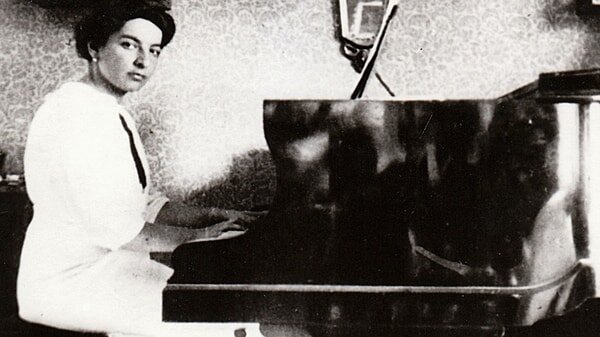
Dora Pejačević
Dora Pejačević (1885–1923), a Croatian composer known for her lyrical and expressive style, wrote Papillon as part of her Eight Little Piano Pieces, Op. 6, when she was just 12 years old. Despite her young age, the piece already shows her sensitivity to character and texture. The music flutters gently, using light figurations and delicate dynamics to suggest the soft, unpredictable flight of a butterfly. Though simple, it’s a poetic early glimpse of a composer who would later become one of Croatia’s most significant musical voices.
7. Francisco Tárrega: 20 Estudios de guitarra: No. 14 “La Mariposa”
Francisco Tárrega (1852–1909) was a foundational figure in classical guitar history, and his Estudios are staples of the repertoire. No. 14, titled La Mariposa (“The Butterfly”), is a short but captivating piece filled with fluttering arpeggios and ornamental flourishes. Its airy, agile lines mimic the gentle flight of a butterfly, making it both a delightful listening experience and a valuable study in finger control and tone for guitarists. Like many of Tárrega’s miniatures, it evokes nature with elegance and restraint.
Francisco Tárrega: 20 Estudios: No. 14. La Mariposa (Narciso Yepes, guitar)
8. Chiquinha Gonzaga: Borboleta
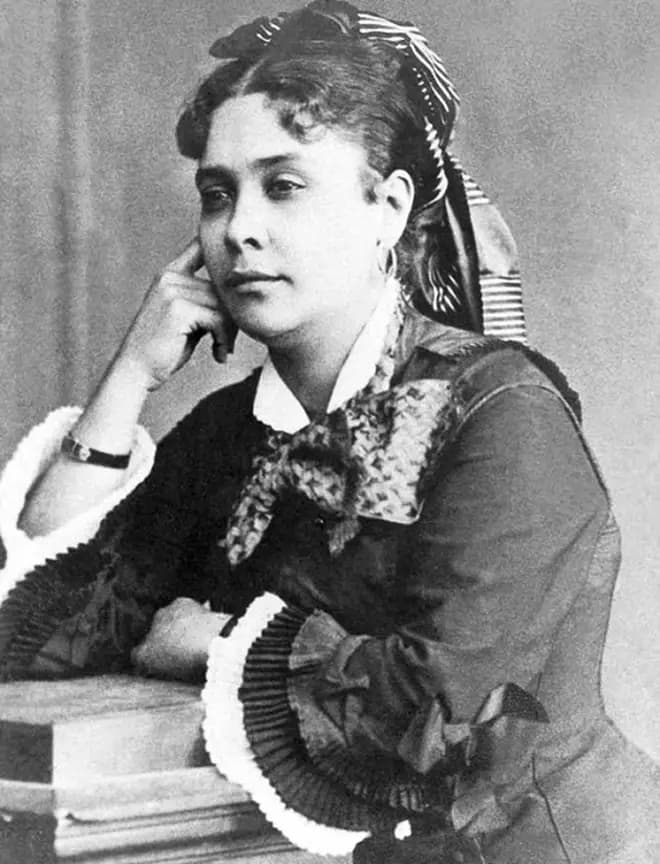
Chiquinha Gonzaga
A pioneering figure in Brazilian music, Chiquinha Gonzaga (1847–1935) was not only the first female conductor in Brazil but also a prolific composer who blended European salon styles with Afro-Brazilian rhythms. Borboleta (“Butterfly”) is a charming and rhythmically vibrant piano piece that likely draws from the choro or polka traditions. Its playful syncopations and graceful melodic turns suggest a butterfly in motion, full of energy and colour. This work reflects Gonzaga’s unique voice—lighthearted yet firmly rooted in Brazilian musical identity.
9. Valerie Coleman: Danza de la Mariposa
A GRAMMY®-nominated flautist and composer, American Valerie Coleman’s Danza de la Mariposa is inspired by the various species of butterflies inhabiting South America. This enchanting one-movement tone poem bursts with vibrant colours, depicting butterflies gracefully dancing and weaving through delightful, syncopated rhythms. According to the composer’s note, the slower sections honor the poignant and lovely sounds reminiscent of Peruvian Yaravi (a lament song) and are followed by joyful and spirited Argentinean concert tango before concluding in the essence of Yaravi.
Valerie Coleman: Danza de la Mariposa (Alexa Still, flute)
These nine compositions, spanning from the Baroque to the 20th century and encompassing diverse musical traditions, showcase the many ways in which composers have captured the essence of butterflies in music. Whether through rapid, fluttering passages, playful and whimsical gestures, or deeper, more introspective interpretations, each piece offers a unique perspective on these delicate and fleeting creatures. The butterfly’s natural grace and movement continue to inspire musicians and listeners alike, making these works timeless reflections of nature’s beauty, perfectly suited for the fresh, blossoming energy of spring.
For more of the best in classical music, sign up for our E-Newsletter

